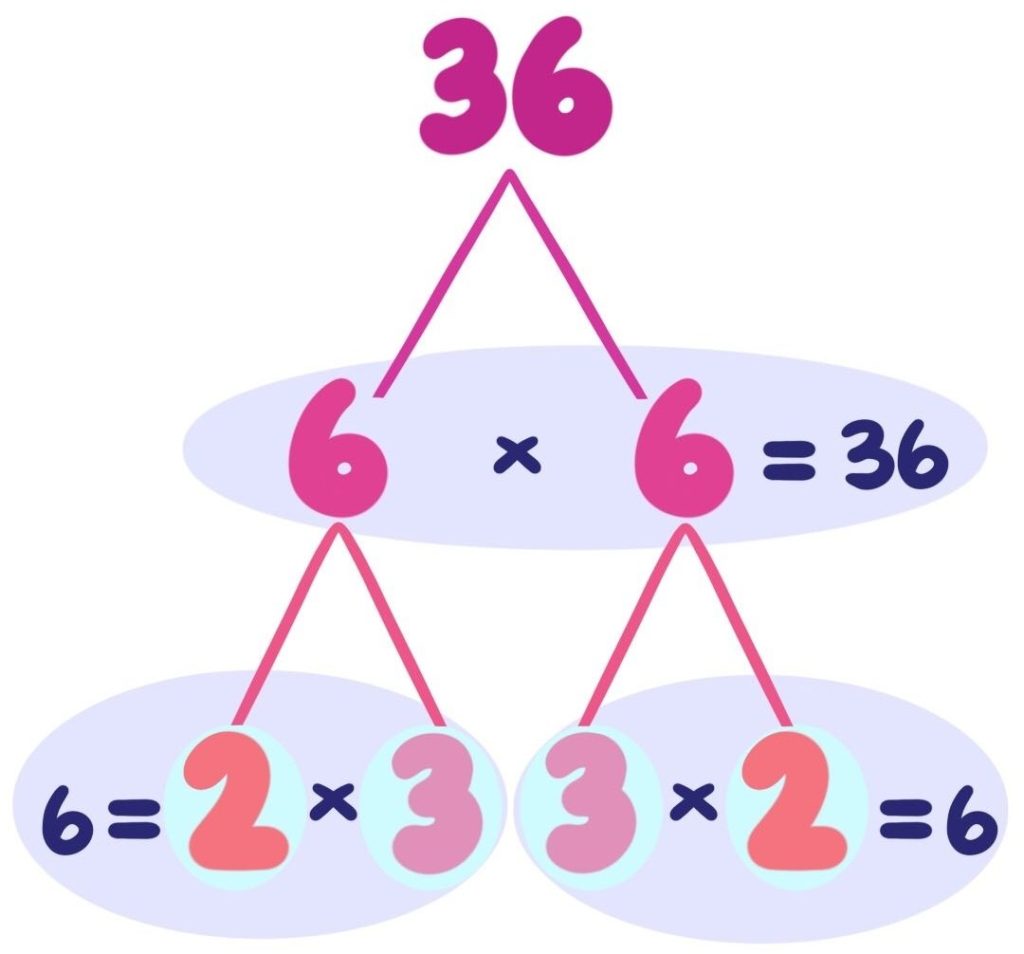
Factorization – It is a mathematical art form that unveils the hidden patterns within numbers. Factorization may seem like a mysterious code, but fear not! Join us and discover how it transforms numbers into their unique mathematical DNA.
The Basics: What is Factorization?
1. Definition:
Factorization is the process of breaking down a number into its prime factors. It’s like dissecting a mathematical puzzle to reveal its fundamental building blocks.
2. Prime Factors:
Prime factors are the indivisible components of a number – the prime numbers that, when multiplied together, result in the original number. Think of them as the secret agents of factorization.
Factorization Techniques: The Puzzle-Solving Dance
1. Factor Tree:
Start with the given number and branch out, breaking it down into its prime factors. This visual representation is like sketching the intricate lines of a mathematical masterpiece.
2. Division Method:
Divide the number by its smallest prime factors successively until the result is a prime number. It’s like peeling off layers to expose the core.
3. Common Factorization:
Group numbers with common factors together before further factorization. This technique simplifies the process and reveals shared factors.
Real-Life Applications: Factorization in Action
1. Cryptography:
In the world of security and encryption, factorization plays a crucial role in designing codes and safeguarding information.
2. Engineering and Design:
Engineers use factorization to analyze and simplify complex structures, making calculations more manageable.
3. Optimization:
Factorization aids in optimization problems, helping to find the most efficient solutions in various fields.
Factorization in Algebra: The Algebraic Symphony
1. Simplifying Expressions:
Factorization is used to simplify algebraic expressions, making them more manageable and revealing underlying patterns.
2. Solving Equations:
Factorization helps solve polynomial equations, enabling us to find the roots and solutions.
Next step- Understanding powers and exponents



